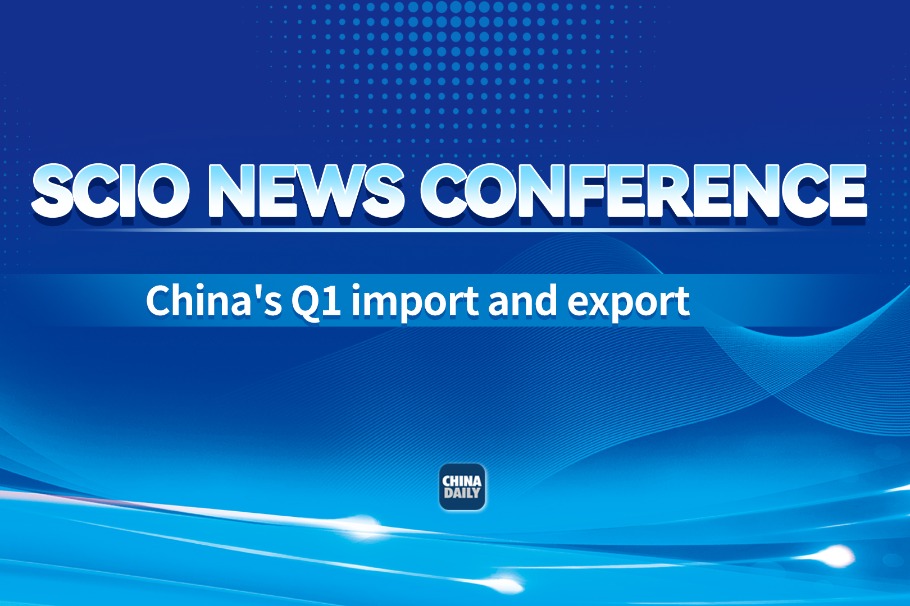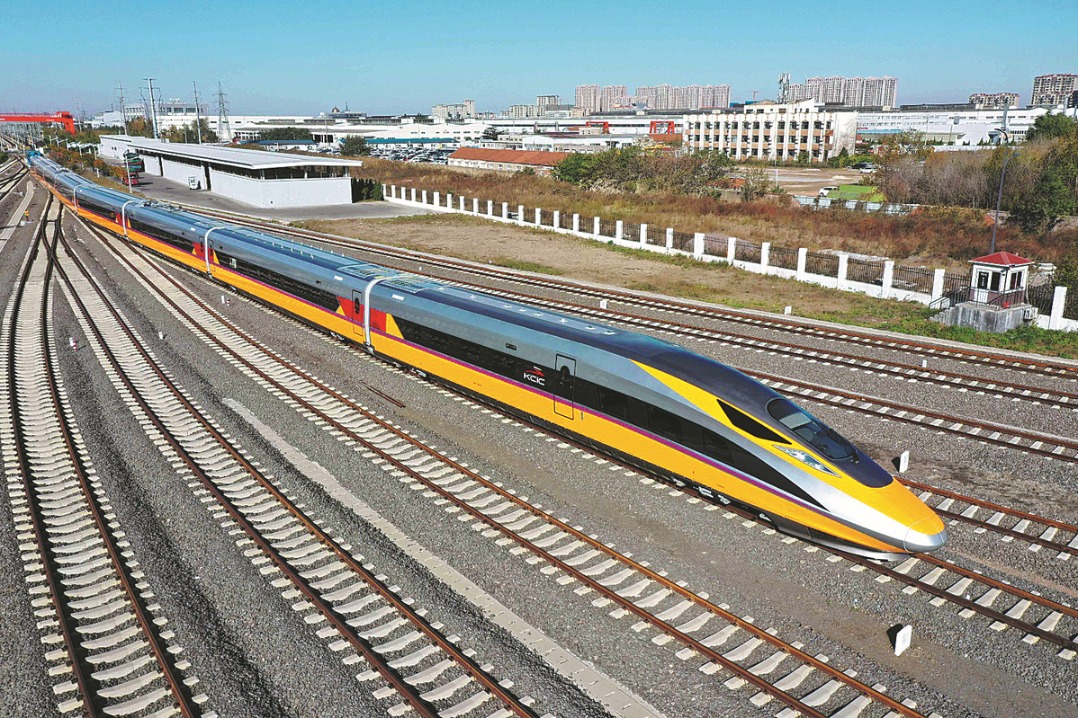Builders of regional momentum


Mutual trust, respect and benefits will form the essential cornerstone needed to strengthen Vietnam-China bilateral relations. China has been Vietnam's first comprehensive strategic partner since 2008 and is now its largest trading partner, while Vietnam stands as China's biggest trading partner within the Association of Southeast Asian Nations (ASEAN). The recent Vietnam-China joint statements on advancing their comprehensive strategic cooperative partnership and building a Vietnam-China community with a shared future, which carry strategic significance, aim to elevate bilateral ties to new heights in this historic era of development for both countries.
President Xi Jinping's visit to Vietnam, as part of his first overseas trip this year, comes less than two years after his historic visit in December 2023, and it marks another milestone in the two neighbors' bilateral relations.
The frequent high-level exchanges between the two sides underscores not only the strategic importance of Vietnam-China ties but also the key momentum they provide for the entire Southeast Asia. In today's fast-changing world of the Fourth Industrial Revolution, coupled with global uncertainty and geopolitical tensions, China can play an important role in assisting Vietnam and the other ASEAN developing economies in policy adjustments and coordination to navigate the headwinds battering the world economy and global trading system. Strong Vietnam-China ties are conducive to building both a China-ASEAN community with a shared future and realizing the ASEAN Community Vision 2025 on the three key pillars of political-security, economic, and sociocultural development.
From the political-security perspective, "bright spots" in Vietnam-China cooperation may significantly contribute to regional stability. The common perceptions and commitments outlined in the 2011 Vietnam-China agreement on the basic principles guiding the settlement of sea-related matters and repeatedly echoed in various joint statements should be translated into action, with priority given to addressing easier matters first.
The Central Conference on Work Related to Neighboring Countries held in Beijing just days before President Xi's three-nation trip to Southeast Asia testifies that China attaches high priority to its neighborhood diplomacy. However, the success of China's "winning hearts and minds" neighborhood diplomacy and Beijing's pledge to forge a stable and reliable shared future for Asia will largely depend on the careful handling of the maritime disputes in the region. Vietnam's engagement with China may set an example for other ASEAN claimants based on the international law of the sea and the spirit of the 2002 Declaration on the Conduct of Parties in the South China Sea.
Economically, reinvigorated Vietnam-China ties provide strong momentum for ASEAN development. Vietnam has undertaken structural reforms, invested in innovation and technology, and revitalized human resources, especially in the private sector, in a bid to overcome the middle-income trap and achieve its development goals by 2045. As a critical link connecting China with Southeast Asia both by land and sea, Vietnam's trade value with China has exceeded $205 billion according to Vietnamese statistics. The substantial connectivity and integration of China's Belt and Road Initiative with Vietnam's Two Corridors, One Belt economic strategy has created new momentum for advancing manufacturing and infrastructure development beyond borders, accelerating the construction of a cross-border standard-gauge railway linking the two countries and facilitating smart customs clearance procedures.
As members of advanced free trade agreements, notably the Regional Comprehensive Economic Partnership, Comprehensive and Progressive Agreement for Trans-Pacific Partnership, and ASEAN-China FTA, among others, Vietnam and other open ASEAN economies promise "huge potential" for industrial cooperation with China amid the United States' intensifying trade war. Southeast Asian nations currently face growing pressure from Washington to address concerns over alleged "trade fraud", "illicit transshipment", and "intellectual property theft". China's development model, which has been the main engine of regional economic cooperation for decades, may offer valuable experiences for Vietnam and other ASEAN nations in the pursuit of industrialization and modernization. China can assist ASEAN by improving the trade imbalances in bilateral ties, investing in high-tech infrastructure, expanding imports from the region, and collaborating on migration control and cybercrime prevention through coordinated security mechanisms.
From a sociocultural perspective, the people-centered approach enshrined in the ASEAN Community Vision 2025 is well reflected in various cooperation documents between Vietnam and China toward people-driven development and the building of a community with a shared future. A stronger, more united ASEAN with a greater role in defense and security multilateral forums and increased contribution to global economic governance would be more capable of responding to emerging security challenges amid the intensifying trade tensions. Conversely, a retreat from multilateralism and free trade would slow global economic growth, disrupt regional and global trade and investment flows, adversely affect millions in the region, and impede ASEAN's economic progress, particularly that of its less developed economies. In response to the US administration's "reciprocal tariff" rates, ASEAN countries have reiterated their support for a predictable, transparent, free, fair, inclusive, sustainable, and rules-based multilateral trading system with the World Trade Organization at its core.
Looking ahead, ASEAN's central role as a core promoter of true multilateralism and free trade is essential to guarding against trust deficits and geopolitical tensions while effectively materializing China's global initiatives such as the Belt and Road Initiative, Global Development Initiative, Global Security Initiative, and Global Civilization Initiative for lasting peace and sustainable prosperity. New growth drivers in ASEAN-China cooperation, including digital and green economies, hold promise for achieving ASEAN's goals for equitable and sustainable development.

The views are the author's own and do not necessarily reflect those of their affiliation or China Daily.
If you have a specific expertise, or would like to share your thought about our stories, then send us your writings at opinion@chinadaily.com.cn, and comment@chinadaily.com.cn.

































